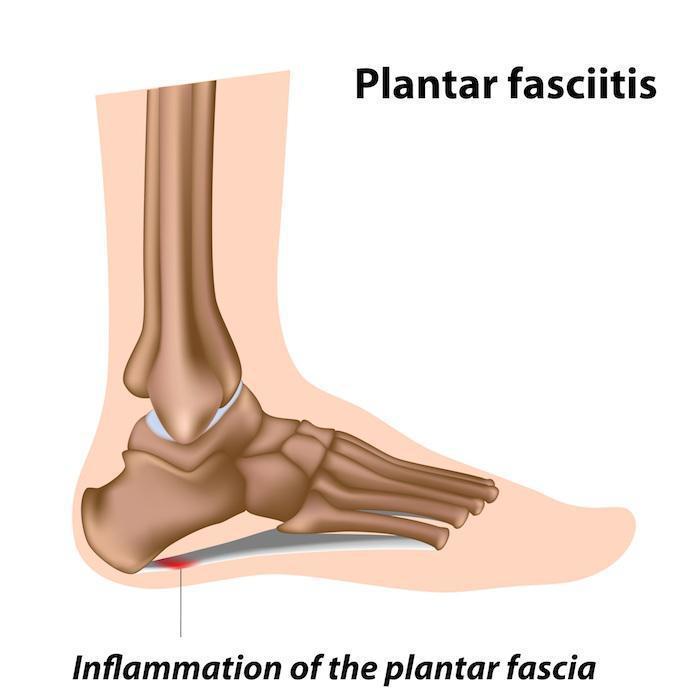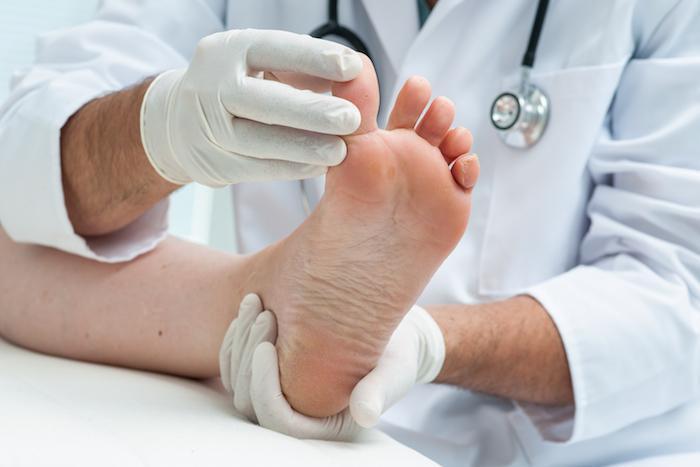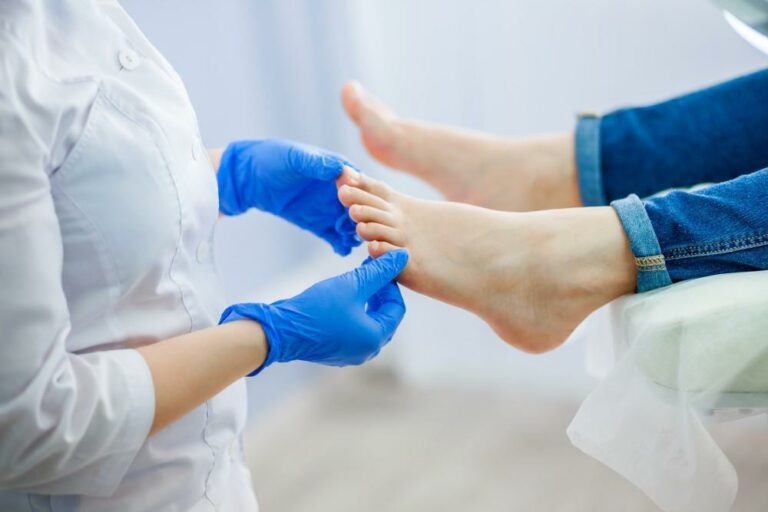If you have plantar fasciitis, you already know about the pain it can cause. It commonly causes sharp, stabbing pain in the heels, and it’s usually at its worst right after waking up. If you’ve tried various treatments only to find limited relief, there’s hope.
Extracorporeal Pulse Activation Technology®, or EPAT, is an FDA-approved treatment that can provide lasting relief from plantar fasciitis. In this blog, the providers at Great Lakes Foot and Ankle Institute explain what EPAT is and how it may be able to help you.
What is plantar fasciitis?
Each of your feet has a band of tissue — called the plantar fascia — and it runs along the bottom between your heels and toes. This tissue can become inflamed due to overuse or because it gets too tight.
This inflammation can cause a lot of pain in your heels, and it usually feels the worst when waking up. The pain may gradually dissipate throughout the day. Traditional treatment options include stretching your feet, wearing supportive shoes, and taking cortisone injections to reduce the inflammation.
What is EPAT?
Extracorporeal Pulse Activation Technology works by delivering pulses of sound waves to the treatment area, which cause microscopic “injuries” to the soft tissues. In turn, this stimulates the body to improve blood circulation, and it also spurs healing.
One study found that undergoing EPAT treatment can decrease the thickness of the plantar fascia, which can result in decreased pain. This treatment has been used successfully in Europe for many years and is now making an impact here.
What are EPAT treatments like?
First, a special gel is applied to your feet, especially your heels. This gel helps improve the conductivity of the sound waves during the EPAT treatment. Then your provider places the EPAT applicator on your feet and moves it around for about 15 minutes.
Most patients tolerate EPAT treatments well. Many report that a session initially feels like a rubber band snapping against their foot, and then it gradually dulls until it feels like light pulses.
Although some patients feel immediate relief after a session, it’s more common to experience gradual results. Most patients feel the full effects within four weeks of their sessions.
Other things to know about EPAT treatments
Most people need three EPAT treatments, each spaced a week apart, to obtain the full benefits of the procedure.
You should stop using nonsteroidal anti-inflammatory drugs, such as Advil® or Aleve®, for two weeks before getting EPAT treatments and avoid using them for two weeks after your treatments. Tylenol is allowed for use.
Because EPAT is a noninvasive procedure, you won’t have to worry about anesthesia or a lengthy recovery time. You can return to your normal activities immediately after your procedure. However, some people may experience redness, bruising, or discomfort following a session.
You should not consider EPAT if you’re taking blood-thinning medications, have deep vein thrombosis, or have peripheral vascular disease.
To learn more about EPAT and to see if it may be able to help you, book an appointment over the phone with Great Lakes Foot and Ankle Institute today.







